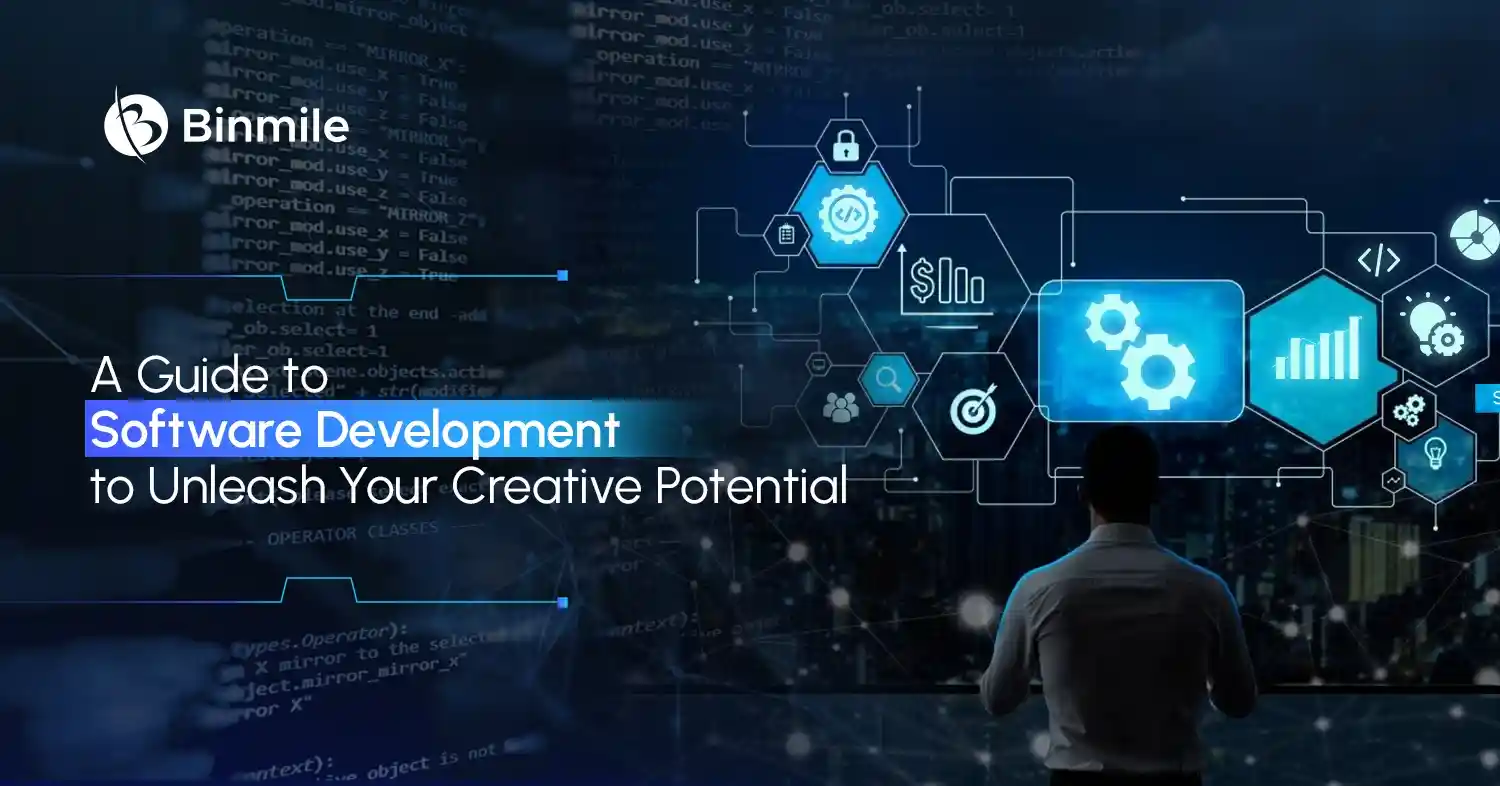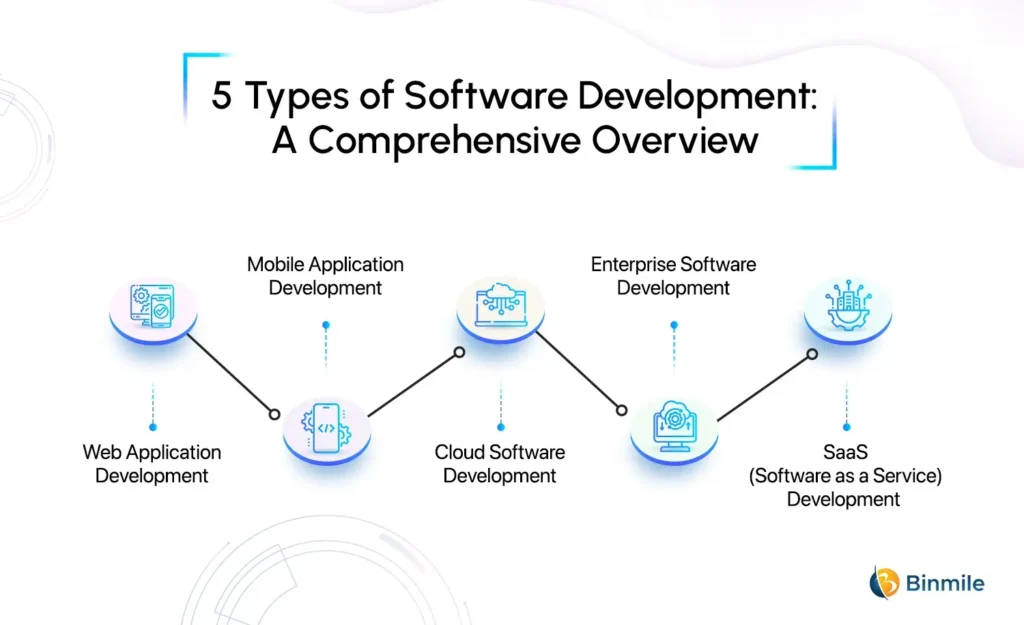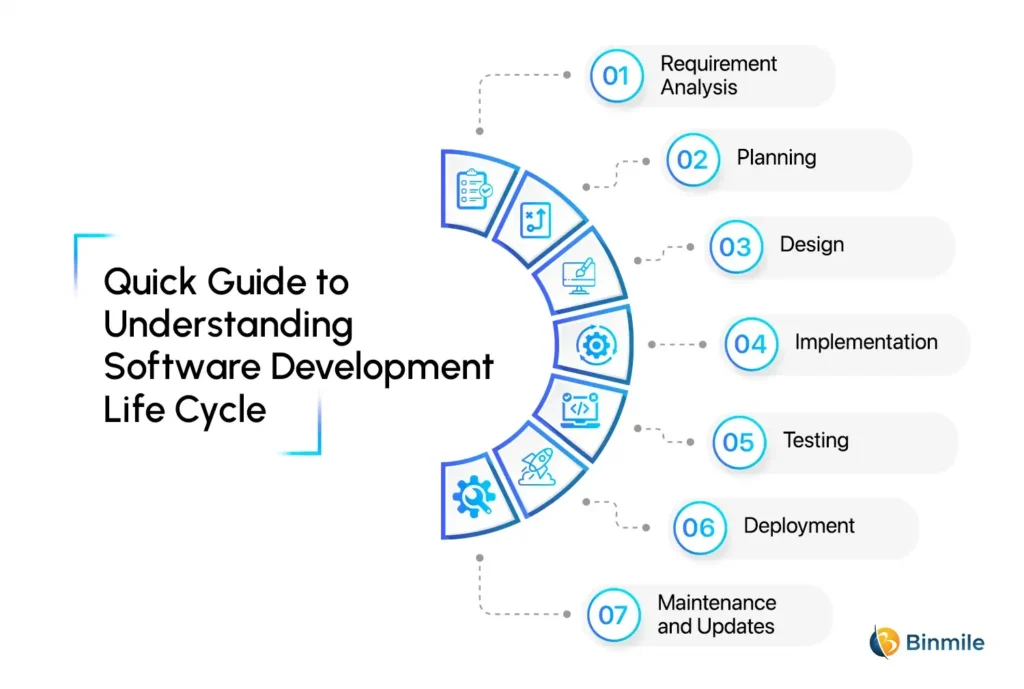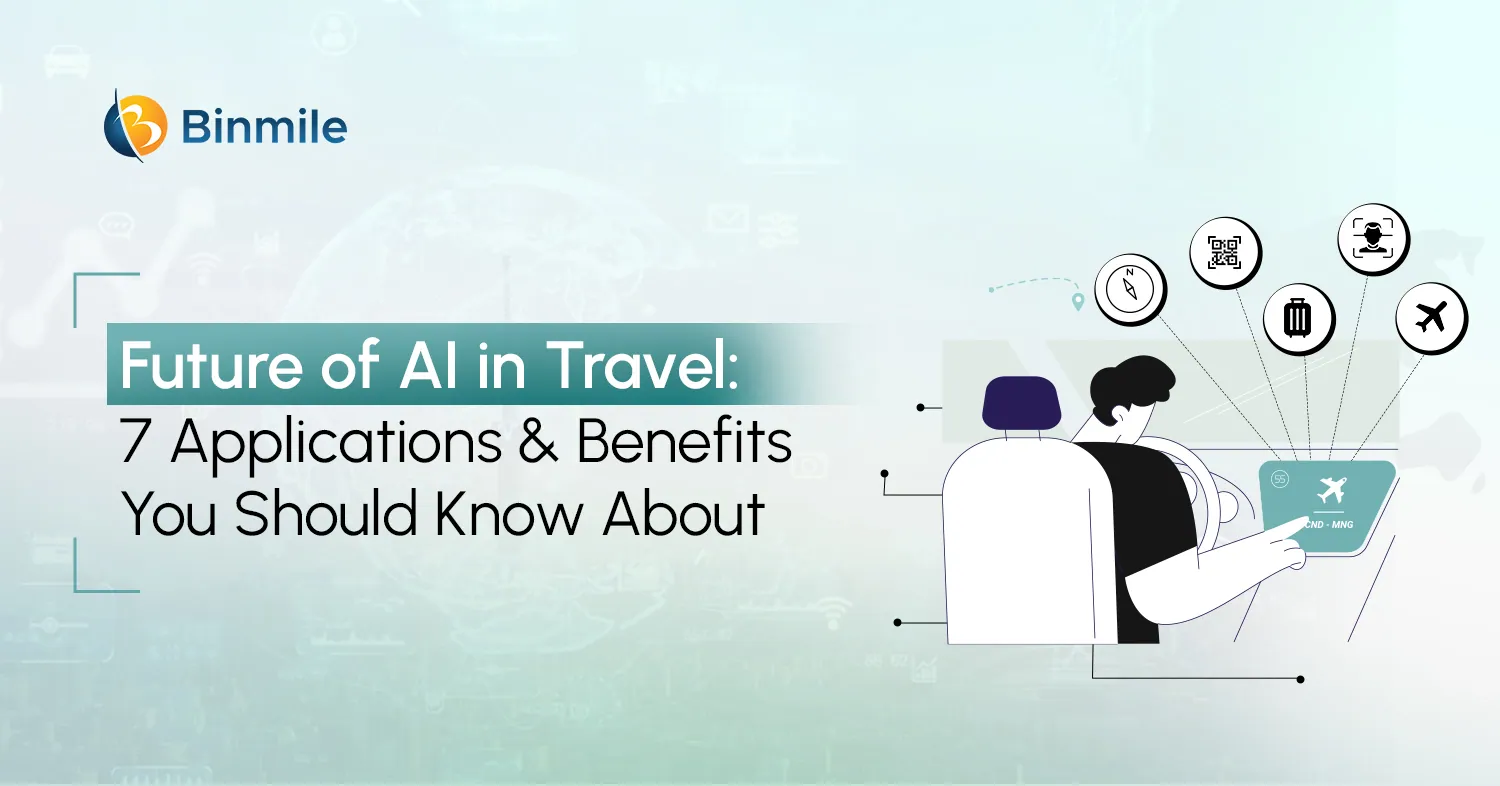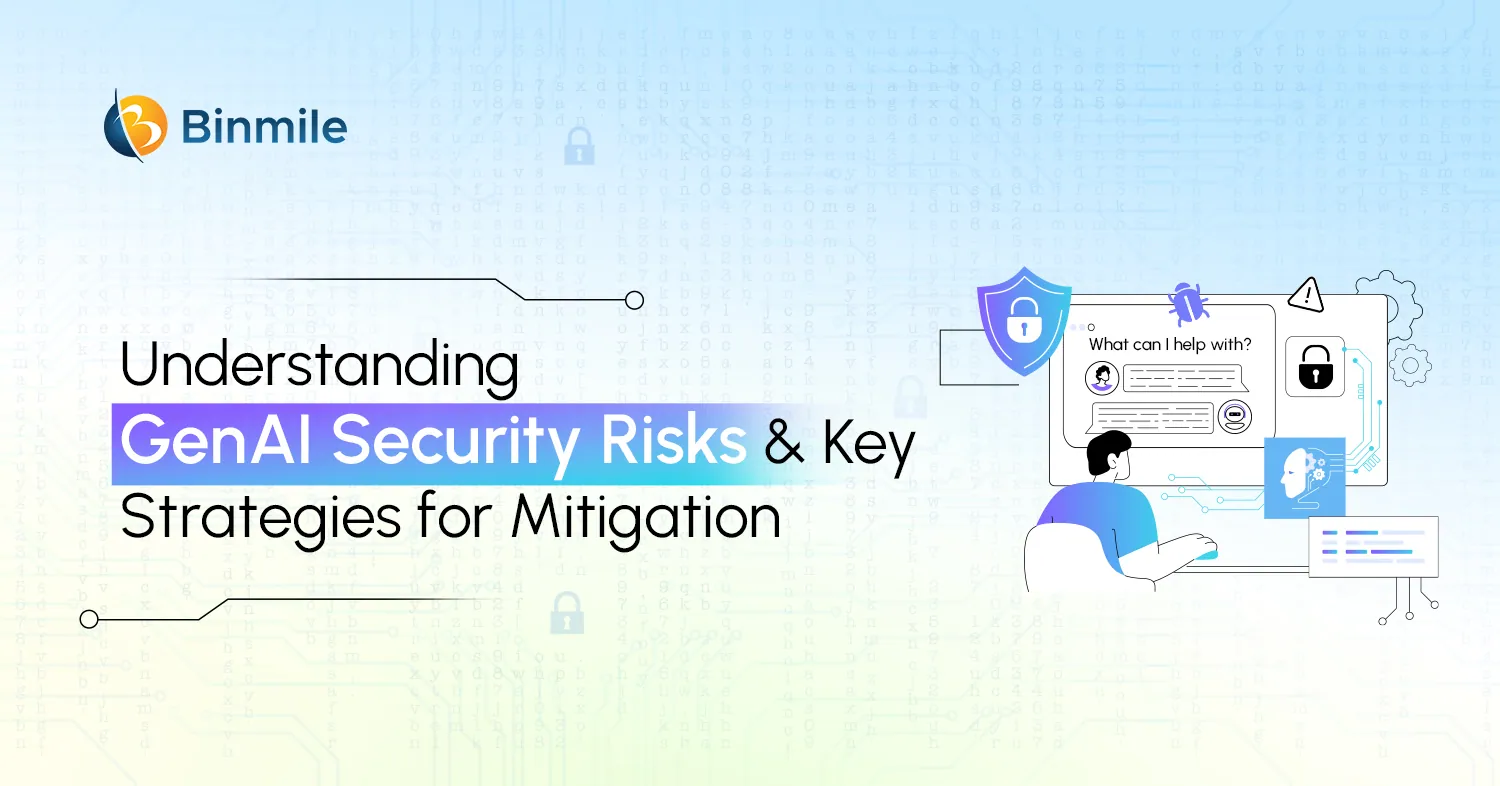To capture the right opportunities and talent while staying relevant in today’s dynamic digital landscape, businesses rely a lot on strategic investments in technology. One such crucial investment is custom software development. Software is essential for businesses of all sizes. It boosts efficiency, enhances customer experiences, and creates a strong foundation for growth and adaptation in a dynamic market. However, achieving these benefits requires a clear understanding of software development. Software development goes beyond coding. It’s about solving real business problems and delivering value through tailored digital solutions. By understanding its purpose, businesses can build digital solutions that drive success and meet their unique needs.
Comparing System Development Life Cycle and Software Development Life Cycle
Understanding the intricacy of the software development cycle will empower you to do it effectively, make informed decisions related to the cost of software development, and communicate more efficiently with development teams. To make things easier, let’s cover the difference between the system development life cycle (SDLC) and the software development life cycle (SDLC).
- Software Development Life Cycle (SDLC): It focuses specifically on developing and testing software components. This includes phases such as planning, technical architecture, quality assurance, and deployment.
- System Development Life Cycle (SDLC): It covers a broader scope, encompassing the setup and management of all systems, and their elements, including, but not limited to people, processes, hardware, and software. It involves tasks such as organizational training, change management, system analysis, feasibility studies, and ongoing system maintenance.
The system development life cycle follows a structured, linear approach to ensure the proper design and implementation of a system. Security is a critical aspect of this process and should be integrated into its early stages. The process can be further scaled into system development life cycle phases but for now, let’s dive into key concepts here. Explore the crucial steps in the development process, and learn how software shapes industries and technologies. Whether you’re developing custom software in-house, outsourcing to a development partner, or adopting off-the-shelf solutions, this will help you make informed decisions that align with your business objectives and drive sustainable growth.
Beyond the Basics: A Look at Different Software Development Types
Software development is a vast field with specialized areas for every need, each with its unique focus and goals. The software for self-driving cars is different from the software used for streaming movies on a phone. Each differs from the software in smart home devices and the servers that support them. Explore the various types of software development to identify the best fit for your project.
1. Web Application Development
Web apps are versatile and can be accessed through the Internet on various devices, including smartphones, laptops, tablets, desktops, or any Internet-enabled gadget. They operate entirely online, meaning users do not need to download or install them to gain access. Updates are seamless, as they occur automatically on the server side. What sets web apps apart from static websites is their dynamic nature. Web apps respond and adapt based on user inputs or interactions, delivering a more personalized and interactive experience. This makes them a powerful tool for businesses and users seeking functionality beyond traditional websites.
Three types of web application development:
- Front-End Development: It contains all the elements that present the web app to the user in the browser. The front end is developed with HTML, CSS, and JavaScript, with frameworks providing basic templates and components.
- Back-End Development: It refers to everything that lives on the server; the workings or backbone of the web app. The back-end development entails everything from databases, web servers, operating systems, and frameworks.
1. Database Development: It’s the process of designing and creating a database for a web app or data model and analyzing requirements and their intents as raw data.
2. API Development: An API or application programming interface allows two apps to speak together, usually creating a two-way connection between web services and web servers. - Full-Stack Development: It’s the process of building and maintaining both the front-end and back-end of an application, website, or software. The full-stack development approach is quite beneficial as it provides end-to-end oversight and continuity over development, which can save time and money.
- Progressive Web Apps: It’s an app that’s built using web platform technologies, but that provides a user experience like that of a platform-specific app.
2. Mobile Application Development
It’s the set of processes and procedures involved in writing software for small, wireless computing devices, such as smartphones and other hand-held devices. Typically, these mobile apps rely on an Internet connection to access remote resources, although many apps offer offline capabilities.
Another aspect of mobile app development is that it can be available through different operating systems, such as iOS or Android. There are 3 types of mobile app development services you should know about:
- Native App Development: Mobile app development is about creating a mobile application that is tailored and dedicated to a specified platform like iOS or Android.
- Cross-platform Development: Building mobile applications that are compatible with multiple mobile operating systems (OSes) or platforms.
- Hybrid Development: Creating mobile apps for a single app that is compatible with all mobile platforms like Android, iOS, and Windows.
Unsure which option is the best fit, native or cross-platform app? This blog can help you find the right platform.
3. Cloud Software Development
Cloud-based software applications refer to applications that are hosted on remote servers and operated online. It means users can access them using the internet instead of installing them on their local devices. Business owners and companies no longer need to sink money into hardware infrastructure or maintenance costs, which are now falling onto the cloud service provider. Some examples of cloud software include Google, Dropbox, and Microsoft Office 365 Suite.
4. Enterprise Software Development
Enterprise software development is essential internal software for businesses to support and automate the operations, processes, and data management of large organizations. These software solutions intend to integrate various business processes and improve efficiency, compliance, and overall productivity. The software development can include building systems such as enterprise resource planning (ERP) software, customer relationship management (CRM) software, as well as accounting software, and supply chain/logistics software.
5. SaaS (Software as a Service) Development
It involves creating cloud-based applications that users access online, usually through a subscription model. This approach allows for automatic updates, scalability, and reduced infrastructure costs. Developers focus on building intuitive user interfaces and robust back-end systems while ensuring security and data management. Common examples of SaaS applications include project management tools, CRM systems, and accounting software, making it a popular choice for businesses across various industries.
Accelerate your journey from idea to launch with our 360° custom software development services tailored for your success!
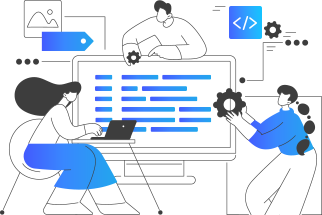
A Comprehensive Guide to the Most Popular Software Development Life Cycle Models
Effective software development and defining the right SDLC phases are the backbone of digital transformation and long-term business success. By approaching each phase with a clear strategy, businesses can ensure their software solutions are functional, scalable, and adaptable to changing needs. Collaboration between business leaders and development teams is key to delivering impactful, future-proof software. With the right guidance, businesses can turn software development from a daunting task into a valuable investment that fosters innovation and growth.
A Software Development Life Cycle (SDLC) is your roadmap to software development. It guides your development team through each crucial stage with a structured approach, maximizing efficiency and ensuring the final product meets expectations.
1: Requirement Analysis
Conduct a thorough analysis of the practicality of your product, the goals, and the expectations of the client. It should cover not only what features the software should have but also a deep insight into the business context and the problems that the software may solve. The focus is on both functional and non-functional qualities—stipulating what the system must perform and defining qualities such as reliability, scalability, and security.
2: Planning
It’s the step where a comprehensive action plan will be developed and the tasks divided into smaller chunks while resources are allocated accordingly as the deadlines or milestones are established beforehand. The idea is to draft a document that not only specifies the development team guidelines but also provides a tracking tool for the stakeholders on the project’s progress.
3: Design
The team in this SDLC phase, consisting of programmers and designers, will next together develop the software architecture. The architecture consists of the development of high-level blueprints that have the specification for data structures and also for developing prototypes or wireframes. All this is done to ensure the upcoming projects meet the technical requirements as well as connect with the users.
4: Implementation
Developers use coding standards and best practices to write the source code, which is a medium between the design and a real product. It’s essential to maintain collaboration and health information exchange between team members in this phase. To ensure code quality, it’s important to conduct a ‘code review‘ not just to make your code effective but also reusable in the future, following which coding standards can be adhered to easily.
5: Testing
An essential part of the software development cycle, testers use different ways of testing, starting from unit tests, integration tests, or system tests to detect any errors and ensure that it operates as planned. Software quality testing services help you gather information about the quality of software and the risk of its failure to a user or sponsor and make timely corrections.
6: Deployment
The deployment stage in SDLC phases entails elaborating the methods to reduce delays and disturbances. The monitoring systems are regularly employed to follow up on the deployed software pre- and post-deployment performance to fix any emerging problems promptly. The type of project deployment may vary on a case-by-case basis, with options like staggered rollout or phased deployment.
7: Maintenance and Updates
Ensure you are promptly acting on the user’s feedback or reports to resolve any issues. This phase is an inclusive activity that includes error corrections, enhancement of capabilities, deletion of obsolete capabilities, and optimization. Thus, it requires a proactive approach to ensure the software remains relevant, efficient, and aligned with evolving user needs and technological advancements.
Solid developing team to help you design, develop & deliver futuristic digital solutions by leveraging the experience of a top software development company!
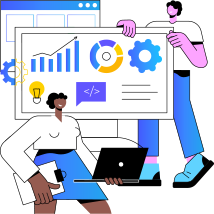
Software Development Lifecycle: Everything You Need to Know
In every software development cycle, the team uses various processes or methods that are chosen for project development depending on the objectives and goals of the project. Software development models help you create better software projects by letting developers plan, produce, and test software in an organized manner. Thus, let’s discuss various types of models that can help you simplify your software development cycle:
- Waterfall: It’s a sequential model where each phase must be completed before the next.
- Agile: An iterative and incremental approach with continuous collaboration, feedback, and adaptation.
- Incremental and Iterative: A combination of both waterfall and agile for incremental delivery with feedback loops.
- V-Model: It’s a synchronized model with corresponding development and testing phases.
- Spiral: A risk-driven, iterative approach with risk identification and mitigation.
- RUP: Rational Unified Process is a comprehensive framework that uses a variety of frameworks to create software, often customized for specific company needs.
- Prototype: It creates a simplified version for user feedback and refined requirements.
Also Read: Software Development Cost in Dubai
Hire Us for an Efficient Software Development Lifecycle
With so many dependencies on software, it’s a no-brainer that what will set you apart is your focus on solving problems and innovation, not just sticking to the best technology or software type. Enterprise leaders need to fully comprehend the intricacies of software development and what they can do to lead the software revolution. Additionally, they can also partner with software development companies. These companies have experts who handle projects of all software development types and can help you develop a consistent, reliable, and highly functional digital product in an efficient and timely manner.
In addition to development, companies offering software consulting services can provide valuable insights into optimizing your software strategy, improving workflows, and implementing the best practices tailored to your specific needs. So, how can Binmile be of assistance to you? You can entrust us with your software project or have us build a dedicated team of specialists who work exclusively for you. We provide our esteemed clients with a complete suite of outsourcing software development services or various project types and scales and ensure they bring value to both your business and end users.
Conclusion
Software development is more than just writing code. It’s about solving real business problems and delivering value through tailored digital solutions. Whether you’re exploring different types of software development, what is the system development life cycle or what is the software development lifecycle? Understanding SDLC phases, or choosing between models like Agile or Waterfall, the goal remains the same, create efficient, scalable, and user-focused software for businesses.
Frequently Asked Questions
A backend developer focuses on the server side of a website or application, working with databases, APIs, and server logic to ensure functionality and performance. They handle data storage, retrieval, and integration. A frontend developer, on the other hand, works on the client side, building the visual elements and user interface that users interact with. They use technologies like HTML, CSS, and JavaScript to create a seamless and interactive user experience.
Software development is important for businesses because it helps streamline operations, improve efficiency, and enhance customer experiences. Custom software solutions allow businesses to automate processes, reduce manual errors, and make data-driven decisions. Additionally, software development enables businesses to stay competitive, innovate their offerings, and adapt to changing market demands, ultimately driving growth and profitability.
Yes, outsourcing software development can save money by reducing operational costs, such as hiring, training, and maintaining in-house teams. It allows businesses to access skilled talent from regions with lower labor costs, optimize resource allocation, and focus on core activities. Additionally, outsourcing eliminates the need for infrastructure investment and speeds up project timelines, resulting in cost-effective and efficient software delivery.
